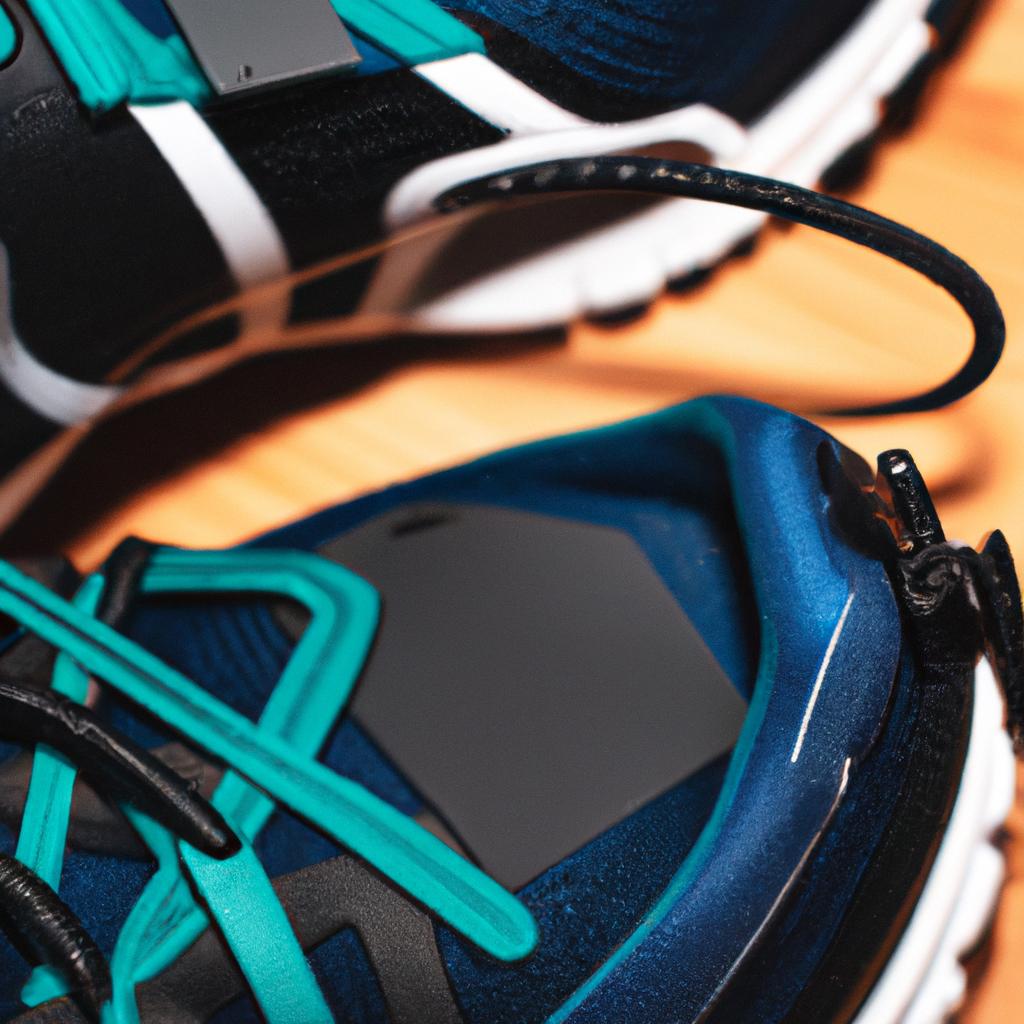Choosing the Right Footwear for Trail Running: Key Features to Enhance Performance and Prevent Injury
# Choosing the Right Footwear for Trail Running: Key Features to Enhance Performance and Prevent Injury
Trail running has surged in popularity, drawing enthusiasts who crave adventure and the thrill of navigating rugged terrain. However, the right footwear is crucial in making the most of your trail running experience. Choosing the appropriate shoes can significantly enhance your performance while reducing the risk of injury. This guide breaks down the key features to consider when selecting trail running shoes and provides insights into nutrition, exercise, and health benefits associated with this exhilarating activity.
## Key Features to Look for in Trail Running Shoes
### Traction
One of the primary considerations for trail running footwear is traction. Trail surfaces can vary significantly, from rocky paths to muddy trails, and having shoes that provide adequate grip is essential. Look for shoes with aggressive lugs on the outsole, which help to dig into soft ground and provide stability on uneven surfaces. A good rule of thumb is to choose shoes with a rubber compound that offers durability and traction, ensuring you can navigate various terrains safely.
### Cushioning and Support
Trail running often involves long distances over uneven surfaces, making cushioning and support vital. While road running shoes prioritize lightweight designs, trail shoes should offer more cushioning to absorb the impact of rocky terrains. Look for shoes with adequate midsole cushioning that can provide comfort without sacrificing responsiveness. Additionally, consider the shoe’s support features, such as a heel counter that helps stabilize your foot and prevents excessive movement inside the shoe.
### Fit and Comfort
A proper fit is essential for any athletic shoe, but it becomes even more critical when tackling trails. Trail running shoes should fit snugly but not be overly tight, allowing for some room at the toes to prevent blisters and other injuries. When trying on shoes, wear the same socks you plan to use while running and test them on inclines and declines to ensure comfort in all scenarios. Remember, your feet may swell during long runs, so consider trying shoes later in the day when your feet are naturally larger.
### Breathability and Waterproofing
Trail running often exposes you to various weather conditions, so it’s important to consider the breathability and waterproofing of your shoes. Breathable materials, like mesh uppers, help keep your feet cool and dry during warm weather. Alternatively, if you anticipate wet conditions, consider waterproof options that can keep your feet dry while still allowing for adequate ventilation. Balancing these two features will keep your feet comfortable throughout your run.
## Nutrition Tips
Proper nutrition plays a vital role in enhancing your performance and preventing injuries while trail running. Here are some essential nutrition tips:
1. **Stay Hydrated**: Dehydration can severely impact your performance. Drink water before, during, and after your run. For longer runs, consider sports drinks that replace electrolytes lost through sweat.
2. **Fuel Up**: Consume a balanced meal rich in carbohydrates, proteins, and fats before your run. Foods like oatmeal with fruits, nut butter on whole-grain toast, or a smoothie can provide the energy needed for your adventure.
3. **Snack Smart**: During longer runs, carry portable snacks like energy gels, nuts, or dried fruits to maintain your energy levels. These snacks should be easy to digest and provide quick energy.
## Exercise Advice
Incorporating strength training and flexibility exercises into your routine can enhance your trail running performance and reduce the risk of injury. Here’s what to focus on:
1. **Strength Training**: Focus on building strength in your legs, core, and hips. Exercises such as squats, lunges, and deadlifts can improve your running efficiency and stability on uneven terrain.
2. **Flexibility and Mobility**: Engage in regular stretching and mobility work, particularly for your hips, calves, and ankles. Yoga or dynamic stretches before running can help improve your range of motion and prevent injuries.
3. **Cross-Training**: Consider cross-training activities such as cycling or swimming to improve your cardiovascular fitness while reducing the impact on your joints.
## Health Benefits
Trail running offers numerous health benefits that extend beyond physical fitness:
1. **Improved Cardiovascular Health**: Regular trail running strengthens your heart and lungs, promoting better overall cardiovascular health.
2. **Mental Well-being**: The natural surroundings of trail running can enhance mental health, reducing stress and anxiety while boosting your mood through the release of endorphins.
3. **Enhanced Balance and Coordination**: Navigating uneven terrain improves your balance and coordination, which















Post Comment